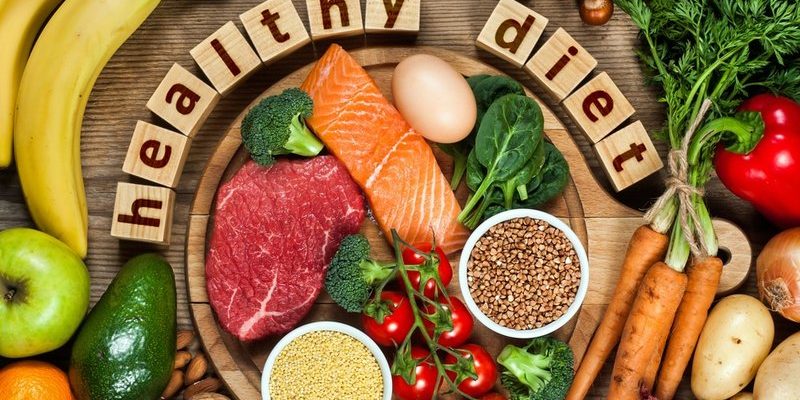
Let’s dive into what the red kangaroo munches on and how it goes about finding its meals. Understanding their diet and hunting strategies can give us insight into their role in the ecosystem, as well as the challenges they face in a changing environment.
What Do Red Kangaroos Eat?
The diet of the red kangaroo is surprisingly varied. These creatures are primarily herbivores, which means they predominantly eat plants. They have adapted to the harsh Australian environment, where food availability can be inconsistent. Their main source of sustenance comes from:
- Grasses: Red kangaroos favor various types of grass, especially during the wet season when these plants are lush and plentiful.
- Leaves and Shoots: In times of drought, they may nibble on shrubs and young leaves, which are more resilient to harsh conditions.
- Seeds: Occasionally, they consume seeds from plants; their digestive systems are equipped to handle different types of plant matter.
You might be wondering how these kangaroos sustain themselves during dry spells. Well, they’ve evolved to survive on a low-water diet by getting moisture from the food they eat. It’s like they’re little desert experts, turning grass into life.
Adaptation to Environment
The ability of red kangaroos to adapt their feeding habits is key to their survival. When food is scarce, they change their grazing patterns. They often travel long distances in search of fresh grass or greener pastures, which can be challenging in Australia’s vast outback.
Here’s the thing: red kangaroos can also slow down their metabolism during tough times. This means they can go without food for longer periods, which helps them conserve energy. Isn’t that fascinating? Nature has a way of equipping creatures with the tools they need to adapt and survive, which in this case, is quite impressive.
Notably, red kangaroos are also social eaters. They often feed in groups, which can have advantages. Grazing together allows them to watch for predators like dingoes, making it a safer experience. It’s like having a built-in neighborhood watch while you chow down!
Hunting Strategies? Not Quite!
You might be thinking, “But aren’t kangaroos herbivores? How do they hunt?” Well, that’s where it gets interesting. Red kangaroos don’t hunt in the traditional sense, since they don’t seek out prey. Instead, they have developed smart strategies for locating and consuming food, almost like skilled foragers on a mission.
Their keen sense of smell plays a significant role in finding food. When grass is nearby, they can sniff it out from a distance, almost like detectives on a food case. Once they’ve located a promising patch, it’s time to dig in. This strategy not only fuels their bodies but also contributes to shaping their environment, as their grazing habits help maintain grasslands.
In rare instances, when resources are extremely scarce, kangaroos can compete with other herbivores for food. This competition can look like playful bounding or more aggressive encounters, where they assert their dominance to secure a snack.
How Seasonal Changes Affect Their Diet
The diet of the red kangaroo is not static; it fluctuates with the seasons. During Australia’s wet season, you can bet they’re having a feast! The grasses are abundant, and they take full advantage of this bounty. This is when they bulk up, preparing for the drier months ahead.
When the dry season hits, however, the landscape transforms. Food becomes less abundant, and the kangaroos have to adapt. During this time, they may primarily rely on tougher, more fibrous plants. This dietary shift can affect their overall health, as they may not get as many nutrients.
Interestingly, red kangaroos can also shift their feeding times. They might graze during the cooler parts of the day and rest during the heat, just like we might prefer to eat during lunch breaks and avoid cooking during peak summer heat. They’re excellent at managing their energy in response to the climate.
The Social Aspect of Feeding
Red kangaroos are social animals, which means their feeding habits often involve interacting with others. They usually graze in groups, known as mobs, which can include anywhere from a few to several dozen kangaroos. This social aspect is not just about companionship; it plays a significant role in their safety and survival.
When feeding in a mob, kangaroos can keep an eye out for predators together, which makes them less vulnerable. Imagine a group of friends at a picnic, where everyone is alert for any signs of danger. If one kangaroo spots something suspicious, the others can quickly react, jumping to safety.
These social interactions also create a hierarchy within the group. Larger or stronger kangaroos often eat first, while younger or smaller ones wait their turn. This structure helps maintain a balance in the group and ensures that everyone gets a chance to eat, even if it takes a bit longer.
The Role of Kangaroos in Their Ecosystem
Red kangaroos aren’t just consuming plants; they play a crucial role in their ecosystem. By grazing on grasses, they help maintain the health of the land around them. This grazing promotes new growth of plants, allowing for a more diverse and vibrant ecosystem.
You see, their diet and feeding habits can influence the landscape. When they eat and move around, they create space for new plants to grow. This process is vital for other species that share their habitat, making red kangaroos essential players in the Australian outback’s ecological drama.
Moreover, their droppings—often referred to as “kangaroo scat”—are packed with seeds. When they leave these droppings behind, they are essentially planting the next generation of grasses. It’s nature’s version of a gardening service!
In summary, the red kangaroo’s diet and hunting strategies are a fascinating blend of adaptation, social behavior, and ecological impact. They thrive in a challenging environment, showcasing remarkable resilience. By understanding their feeding habits and the way they interact socially, we get a clearer picture of how they survive in the wild.
These creatures are more than just adorable symbols of Australia; they are integral to the ecosystem, highlighting the importance of every species in maintaining balance. So the next time you think of a kangaroo, remember the complex life it leads beyond just hopping around. It’s a reminder of nature’s interconnectedness and the simplicity of survival.

